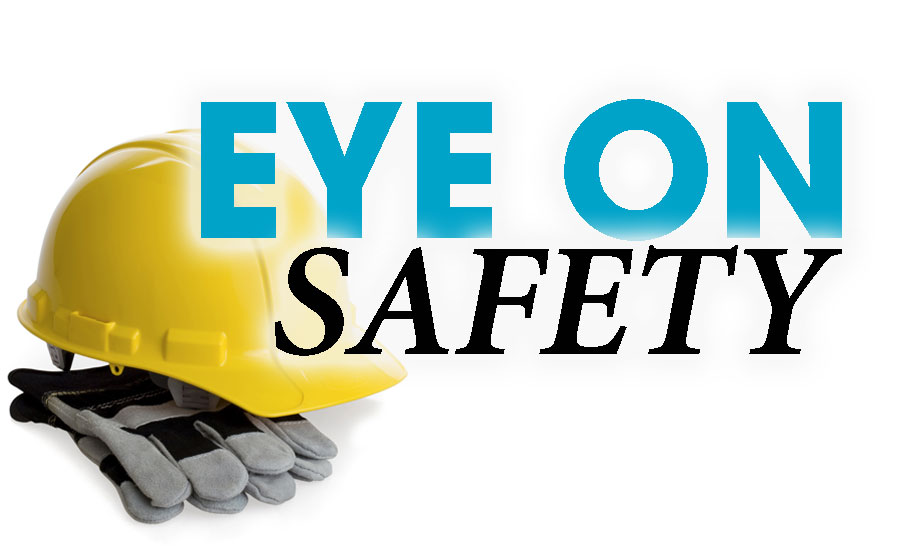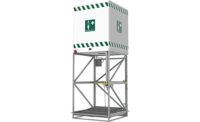If there was a fire in your building, do you know the fastest way to exit? And what if that primary exit route is blocked? Do you know a secondary route? And do you know where to go after you get out?
What about what to do in the case of severe weather such as a tornado? And in today’s environment, what would you do in the case of an armed intruder coming into your building? All these things and others should be covered in your company’s emergency action plan.
The 1910 OSHA General Industry Standard in subsection 38 details the minimum requirements of an emergency action plan, but most people don’t know that if there are more than 10 people in your building, this action plan must be in writing, must be distributed to every person who works there and your building must be subject to an evacuation drill at least once a year.
Minimum elements of an emergency action plan should include:
1) Procedures for reporting the fire or other emergency;
2) Procedures for emergency evacuation including type of evacuation and exit route assignments;
3) Procedures to be followed by employees who remain to operate critical plant operations before they evacuate;
4) Procedures to account for all employees after evacuation;
5) Procedures to be followed by employees performing rescue or medical duties;
6) The name and job title of every employee who may be contacted by employees who need more information about the plan or an explanation of their duties under the plan.
7) Don’t forget those you serve — your customers. While your employees have working knowledge of your facility, your customers may not. Always keep that in mind if and when an emergency occurs.
Additionally, the employer is required to have and maintain an employee alarm system. The employer must designate and train employees to assist in a safe and orderly evacuation of other employees. The employer must review the emergency action plan with each employee covered by the plan when the plan is initially developed or when an employee is initially assigned to a job and again when the employee’s responsibilities under the plan change.
Finally, each business has to look at what other hazards or emergencies might occur at their facility. For example, in our warehouse there is a CSX rail line that is less than 50 yards from the back of our building. To further complicate the issue we have no idea what CSX is running up and down their tracks and how much danger it could create for our facilities. Several months ago, there was an incident several miles from our facility when a train struck a truck at one of the crossings. There was an explosion that damaged buildings up to a quarter mile from the explosion. There may be issues unique to your location that you have to address when completing your evacuation plans.
Make sure to prepare your plan and brief your people so if an emergency that requires an evacuation occurs, everyone is prepared and can get to where they need to in a safe and effective manner.
Don’t wait for your first emergency to develop a plan. Start researching today and take advantage of the resources available, such as those at osha.gov.




